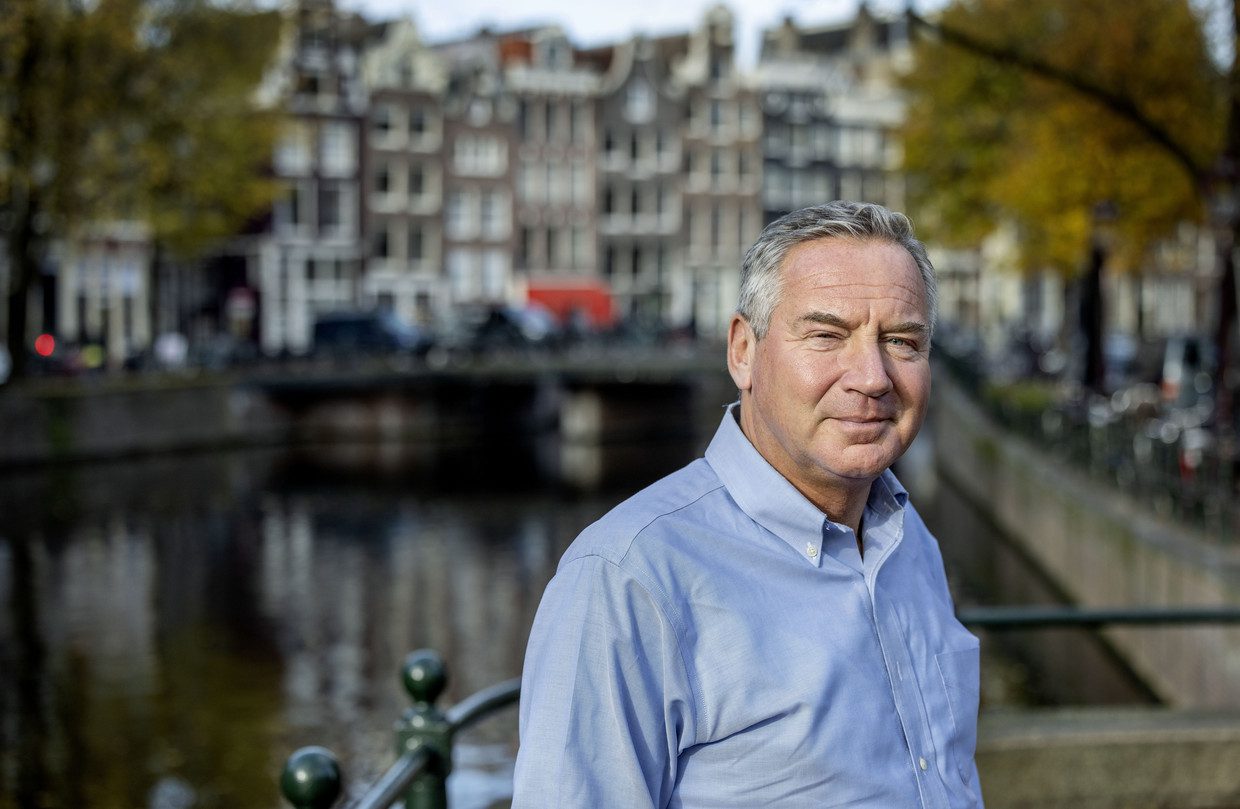Tata is still not open about environmental pollution, relying on “minimum standards”. Moreover, Tata wants to incur as few costs as possible. The expert group believes this needs to change.
Marcel Levy, head of the Netherlands Organization for Scientific Research (NWO), was commissioned by the Cabinet last year to investigate the situation surrounding Tata and provide advice both sought and unsolicited.
Levy’s criticisms in his first advisory report are harsh. According to the former hospital director, “almost no one has stood up” for Egmond residents who have been concerned about their health in recent decades, not even the agencies that should be doing so on behalf of the government. “Concerns have been ignored and not taken seriously enough.”
So far, according to Levy, very little is known about the damage local residents may suffer because they live near Tata Steel. “It is unclear what exactly Tata’s emissions are. Absolute values are rarely reported. According to Levy, Tata still seems “reluctant” to share that data, even with experts. The manufacturer is advised to be more transparent.
Past emissions
The reason for establishing the expert group was the pioneering study conducted by RIVM. Last September, it was conclusively proven that the presence of the former Hoogovensfabriek ensured that people in the area lived shorter lives.
In this first report, Levy says the health impacts reported by the RIVM still fall short of the actual damage to local residents. For example, not all materials were included in the study, no attention was paid to the accumulation of different impacts, and past emissions – which were much higher – were ignored.

Levi’s advice comes at a very important time. The Dutch government is in discussions with Tata Steel about providing huge support. The company needs this to achieve its ambitious sustainability plans (“green steel” plan). The contribution that Dutch taxpayers have to make in this matter is so great that the topic is also on the list of possible setbacks that the parties have faced during the formation.
These documents discuss the advice of a committee headed by former Minister Hans Wegers, which will be published this spring. It states that Tata “will be forced to close in the long term” and that thousands of jobs will be lost if there is no government contribution. It is unclear how much money is involved: the exact figure has been withheld. But there is clearly a lot of money: Tata CEO Hans van den Berg previously mentioned a sum of money One billion euros.
“Health is crucial”
Levy believes that discussions about this support are the right moment for the Dutch government to impose strict conditions regarding the health of the local population. “From now on, health should be the deciding factor. However, we conclude that many additional steps are necessary to achieve this.
Minister of State Vivienne Heijnen (Infrastructure and Environment, CDA) says she is “delighted” with the first advice. She described it as an “important step.” “The matter remains hot off the press, and I will discuss it with my Cabinet colleagues. Another report will be released soon, including a number of scenarios for the future of Tata Steel in the Netherlands. Both reports provide input to us in discussions with Tata. The health of local people is my first priority in these conversations.
Close as soon as possible
Tata’s green steel plans are supposed to ensure that steel is not produced using coal from now on. In the future, coal will have to be replaced by hydrogen and old iron. Tata wants to reduce carbon dioxide by 5 million tons by 20302 fire. The steel company is now the Netherlands’ largest emitter with 11.6 million tons of carbon dioxide2 every year.
To achieve these goals, a major transformation is needed. Levy points out that this process initially caused more health damage to the local population. After all, the new installation will then be tested next to the existing plants. According to him, this cannot be the intention.
According to Levy, the first step that should be taken as quickly as possible is to close the cooking gas plant 2, the most polluting plant on site in Velsen-Nord. The closure is now scheduled to take place in 2029. More parts of the site must also be covered and the government must expedite the granting of permits for modifications to the Tata site.
Finally, the committee gives a heartfelt cry to Tata: Take matters into your own hands to improve the health of the local population. “In our opinion, Tata should monitor and report emissions on an ongoing basis by installing measurement systems in both new and old facilities. It should be clear what the emissions are from all relevant materials.
